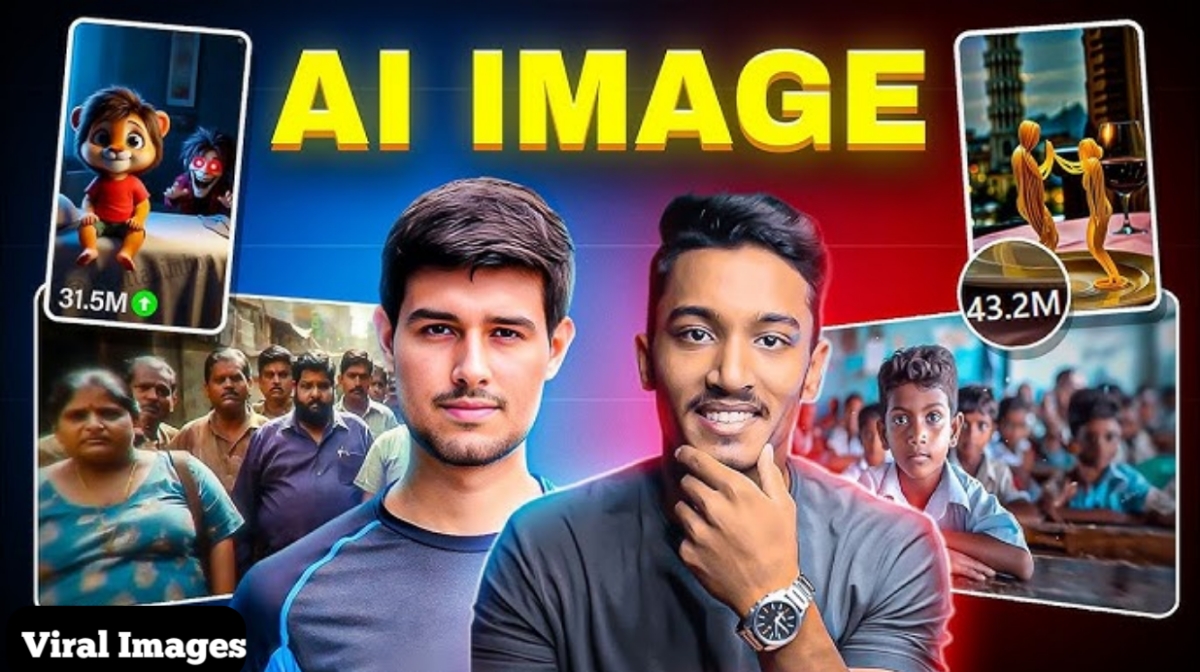AI Image Generation
Welcome to the world of AI image generation! If you’ve seen stunning AI-generated images in documentaries by creators like Dhruv Rathee, Saklin Khan, and Nitish Rajput, you know how impactful they can be in enhancing the narrative of a video. Trust me, creating these images is as easy as passing through a lockdown! After this masterclass, you’ll be equipped to create images as you desire, whether for viral shorts or engaging content. And we all know that higher engagement means more revenue, so let’s dive right in without any fluff!
Understanding AI Image Generation
To create amazing AI images, there are numerous websites you can use. The key here is to focus on the prompts. Many of you have been asking how to keep track of so many AI tools. Here’s a secret: simply head over to Google and search for *AI image generator tools I’ll provide a link to one such website in the description below so you can explore all available AI tools.
Getting Started with AI Image Generation
Let’s jump into the practical part! I’ll guide you through generating images using Leonardo AI and Ideogram AI. First, let’s head over to Leonardo AI. Log in using a temporary email and navigate to the image generation section. If your English is good, you can directly write your prompts here. If not, I’ll break it down for you!
Crafting Your Image Prompt
- Main Character: Describe your main character. For example, let’s say it’s a girl made of noodles.
- Position: Specify the position of your character. In this case, she is dancing on a plate.
- Place: Indicate where your main character is located. For this example, she’s on a table.
- Extra Elements: Mention any additional items you want in the image. Here, we could add a wine glass on the table.
- Background & Colors: Describe the background and the color tones. For instance, a restaurant background with warm yellow tones.
Once you’ve crafted your prompt, simply copy it and head back to Leonardo AI to paste it in. Choose the image size (let’s stick to a vertical short size) and hit the generate button!
Analyzing the Results
Now, you’ll get a result. It might not be perfect on the first try, and that’s okay! If the main character’s body shape or hairstyle isn’t what you imagined, don’t hesitate to tweak your prompt. For example, if the girl’s hair is messy and we wanted it tied up, we can adjust that in the prompt and regenerate.
After making the necessary adjustments, you’ll see the results improve significantly. This process can take some time, but it’s all about refining your prompts to get the best output.
Consistency in AI Image Generation
Creating consistent images with AI can be challenging. I’ll be releasing a detailed video on this topic in about 15 to 20 days, covering everything from scriptwriting to editing. But for now, let’s generate images for longer videos, similar to those by Saklin Khan.
Generating a Classroom Image
For this scenario, let’s create an image of a boy aged between 17 and 22, sitting in a classroom and focusing on a question paper. Here are the points to include:
- Main Character: A boy aged 17 to 22.
- Position: Sitting at a desk reading a question paper.
- Location: In a classroom.
- Extra Elements: Other students blurred in the background.
- Background: Class with 30 to 40 students.
Combine these points into a cohesive prompt and paste it into Leonardo AI to generate the image. You can also specify if you want it in an Indian environment or any other specific style.
Refining Your Image
lf the character’s features aren’t quite right, adjust your prompt accordingly. For instance, if the boy’s hair is neat but should be messy, add that detail and regenerate.
It’s all about trial and error. You can also try out different AI tools like Ideogram AI with the same prompt to see how they compare. Each tool may yield different results, and it’s fun to experiment!
Using Image-to-Prompt Tools
If you’re not keen on writing your prompts from scratch, you can use tools like OpenAI’s image-to-prompt feature. Upload an image, and it will generate a prompt for you. This can be especially useful if you have a screenshot from a video like Dhruv Rathee’s.
Once you have your prompt, you can copy it and use it across different AI generators to see which one gives you the best results.
Final Thoughts and Giveaway
As we wrap up this masterclass, remember that practice is key to mastering AI image generation. Feel free to comment below with your experiences or any questions you might have! And don’t forget about our giveaway; drop a comment to enter! We’ll be selecting five lucky winners, so make sure to subscribe to the channel and stay tuned for more exciting content.
Thank you for watching, and I can’t wait to see the amazing images you create using these AI tools!


